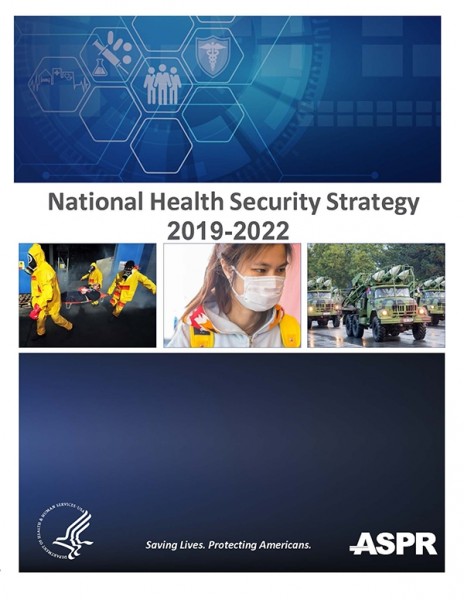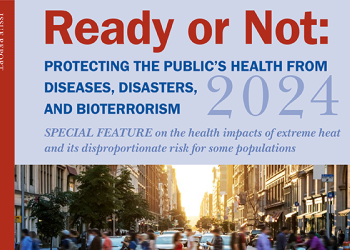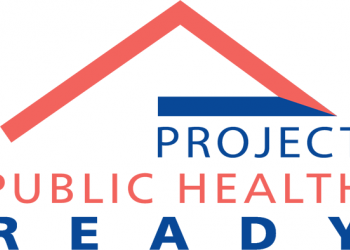The 21st century health security environment is diverse, complex, and ever changing. The American public faces a variety of emerging infectious disease and biological threats that could be natural, accidental, or deliberate in origin. To address these threats, the National Health Security Strategy (NHSS) and National Biodefense Strategy (NBS) aim to advance the U.S. health security enterprise through prevention, preparedness, response, recovery, and mitigation efforts to combat infectious disease and biological threats.
This article is the first in a series of articles aimed to provide education regarding key national health security concerns such as new and evolving 21st century health threats, federal government mitigation strategies used to support state, local, tribal, and territorial (SLTT) authorities, and future health security priorities.
The Office of the Assistant Secretary for Preparedness and Response (ASPR) within HHS coordinates the development, implementation, and evaluation of the NHSS and NBS. ASPR’s mission is to Save lives and protect Americans from 21st century health security threats. This mission is supported by the agency’s efforts to lead the nation’s medical and public health preparedness for, response to, and recovery from disasters and public health emergencies.1 This work is made possible through collaboration with public health departments, hospitals, healthcare coalitions, an array of SLTT partners, and other federal agencies.
The NHSS and NBS have both played an integral role in improving preparedness to disasters and public health emergencies. The quadrennial NHSS is the primary policy mechanism for advancing public health and health care emergency capabilities and provides guideposts for SLTT stakeholders and non-federal partners in improving national health security. The NHSS is comprised of three components: Strategy; Implementation Plan; and, Evaluation of Progress. Together, these components assess the threat landscape, evaluate health security capabilities, and describe strategies to advance readiness and operational capabilities that address new and evolving threats.2
The NBS is aligned with the NHSS and serves as a strategic document outlining how the United States actively and effectively manages its activities to assess, prevent, prepare for, respond to, and recover from biological threats. The biodefense enterprise is a coordinated effort among U.S. federal departments and agencies as well as non-governmental stakeholders such as the private sector, industry, and academia.3
The NHSS and NBS require federal departments and agencies to coordinate efforts with one another, while also leveraging partnerships with SLTT, private sector, nongovernmental, academic, and international stakeholders. This collective approach allows for the development and maintenance of a variety of capabilities necessary to address an evolving threat landscape.2,3
Please continue to follow this topic series as we further cover the following features of national health security concerns and corresponding mitigation strategies:
- Health Security Threat Landscape and the Effects of COVID-19
- Key Accomplishments and Priorities of the NBS
- Examining the National Health Security Strategy Through a Local Health Department Lens
- Health Security Issues of Concern from the Federal Government Perspective
- Looking to the Future: Informing Development of the 2023-2026 NHSS
1. U.S. Department of Health & Human Services, Office of the Assistant Secretary for Preparedness and Response. HHS Office of the Assistant Secretary for Preparedness and Response. Retrieved on April 26, 2021 from: https://www.phe.gov/about/aspr/Pages/default.aspx
2. U.S. Department of Health & Human Services, Office of the Assistant Secretary for Preparedness and Response. National Health Security Strategy (NHSS). Retrieved on April 30, 2021 from: https://www.phe.gov/Preparedness/planning/authority/nhss/Pages/default.aspx
3. U.S. Department of Health & Human Services, Office of the Assistant Secretary for Preparedness and Response. National Biodefense Strategy. Retrieved on April 30, 2021 from: https://www.phe.gov/Preparedness/biodefense-strategy/Pages/default.aspx









